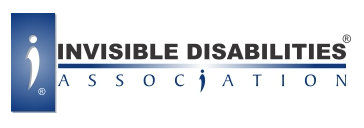For people with disAbilities, it is vital to remember how to correctly fasten the wheelchair securements in an accessible van. The four-point tiedown secures a wheelchair with four straps attached to the wheelchair at four separate securement points and attached to the vehicle at four separate anchor points.
If it’s been a while, read and follow all manufacturers’ instructions. If you have a 4-point tiedown but have lost the instructions or a new caregiver is helping, follow the tips below to ensure your safety.
- Always position the wheelchair and rider facing forward.
- When securing a WC19 wheelchair (WC19 wheelchair is a crash-tested wheelchair with four clearly identified securement points that meet the design and performance requirements of ANSI-RESNA WC19 Wheelchairs Used as Seats in Motor Vehicles.), attach the straps to the securement points provided on the wheelchair. Tighten them to remove any slack.
- If you don’t use a WC19 wheelchair, attach the straps to welded junctions of the wheelchair frame or where the frame is fastened with steel bolts indicated by six raised lines or bumps on the bolt head.
- Do not attach tiedowns to adjustable, moving or removable parts of the wheelchair.
- Rear securement points should be high enough to result in angles of the rear tiedown straps between 30 and 45 degrees to the horizontal.
- If your non-WC19 wheelchair has a tilt seat, attach both the front and rear straps to either the seat frame or the base frame.
- Floor anchor points for rear tiedown straps should be located directly behind the rear securement points on the wheelchair. Front tiedown straps should anchor to the floor at points that are spaced wider than the wheelchair.
- Clamp-type securement devices are not recommended since they do not provide effective securement in frontal crash testing.

